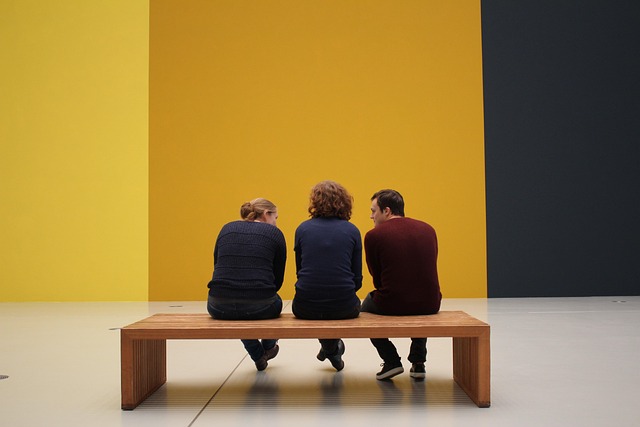In recent years, the world of art exhibitions has undergone a remarkable transformation, as technology and creativity merge to create immersive experiences that resonate deeply with audiences. No longer are art displays restricted to traditional canvases and sculptures; the intersection of art and technology has opened up a plethora of new opportunities for artists and curators alike. This guide will explore the latest advancements in display technology and how they enhance the way we experience art.
Imagine walking into an exhibition where vibrant visuals leap off the walls and narratives unfold before your eyes on sleek, high-definition monitors. Cutting-edge display technology, including ultra-HD screens and interactive installations, has revolutionized the aesthetic of art exhibitions. Artists now leverage these tools to bring their concepts to life, combining traditional techniques with digital elements that captivate viewers.
The use of TV screens within galleries has become increasingly popular. These screens can showcase video art, animations, or even livestreamed performances, all of which contribute to a dynamic atmosphere. The incorporation of such technology allows curators to create thematic interactions between pieces, guiding visitors through a curated visual journey that enhances their understanding of the artist’s intent.
Beyond simple displays, innovative technics are being utilized to allow for greater viewer engagement. Augmented reality (AR) apps enable visitors to use their smartphones to unlock extra layers of content, whether it’s an artist’s commentary, additional artwork, or a historical context related to the exhibition. This interactivity not only transforms the passive experience of viewing art into an engaging, hands-on discovery but also embraces a modern audience that craves engagement and connection.
In addition, the art of visualization has taken on new meaning with the help of advanced technology. Artists are now able to fabricate 3D projections and holographic displays that challenge our perceptions of space and form. These innovative modalities allow for fluid transitions between art disciplines—combining sculpture, painting, and digital designs into a cohesive expression that captivates and intrigues.
The challenge lies not merely in the technology itself but in how artists choose to wield these tools to amplify their messages. An art exhibition that integrates display technology forms a multi-sensory narrative, effectively drawing the viewer into the emotional depth of the piece. It is in these moments of connection between art and audience that the power of technology truly shines.
As we embrace the future of art exhibitions, the fusion of artistry and scientific advancements continues to unfold. The ongoing evolution of display technology presents endless possibilities for innovative expressions. So whether you’re an artist, curator, or art enthusiast, be prepared to embark on a journey that challenges the conventions of the past and invites us into an exhilarating new realm of creativity and engagement.




